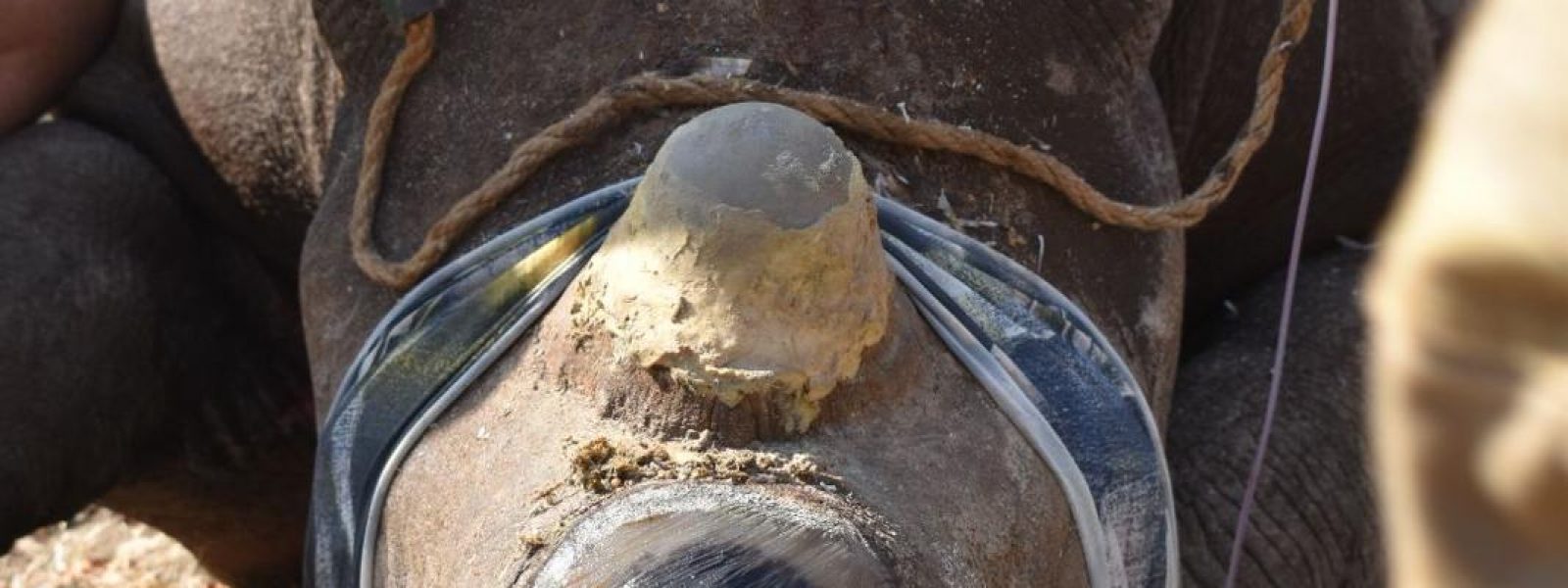
How Does Technology Help Selati’s Conservation Efforts?
Technology and wildlife conservation? These two things are not often associated with one another. However, in the last few years technology has become indispensable in today’s conservation efforts. By providing a means for more extensive, detailed, and efficient data, modern technology has greatly improved the monitoring of wildlife and their associated threats, thereby assisting managers in making informed decisions. Over the past few years, The Selati Game Reserve has invested in different technologies with the mission of maximising the effectiveness and longevity of reserve monitoring through a harmonious platform that spans multiple departments.
Using Established Technologies
The Research Team still uses “tried and true” monitoring techniques such as camera traps and VHF collars, but has now added newer elements to their toolbox, including a drone and tracking collars with a LoRa component.
VHF (very high frequency) radio telemetry collars were one of the first real-time monitoring methods used to track individuals across a vast area. A transmitter attached to the collar on an individual pulses signals in the VHF portion of the electromagnetic spectrum at a specified frequency. Each collar has a unique frequency so that the individual can be tracked in the field. While this old technology is incredibly useful, radio telemetry can only pick up an animal’s signal if the person using the telemetry is within line of sight of the animal, which can be tricky when working in a large landscape. While newer technologies surpass certain capabilities of VHF telemetry, the equipment continues to be a technology we use every day for real-time tracking.
Camera traps have long been established as powerful tools for conservation and ecological research, allowing for 24-hour monitoring of key species with minimal maintenance required. As a non-invasive monitoring method, they also capture valuable data on more elusive species not often seen.
Monitoring Drone
One of the newest achievements is the procurement of a drone for monitoring in difficult to traverse areas. The small, almost silent drone has been instrumental for Selati’s Black Rhino Monitor. As a species, the black rhino is known for preferring dense bush with adequate browse. Because of this, it is difficult to identify the individual(s) and have an adequate view before they run off. The drone allows for less invasive monitoring with a more successful outcome, giving the monitor more insight into social interactions, body condition, and new calves that are often not visible in thick vegetation.
LoRa Network Expansion – Greatest Achievement in 2022
Towards the centre of the COVID-19 pandemic, the wildlife research team were short of hands and forced to review the current methods and practices in monitoring. With the front-end user experience in development, a new technology began to hit the conservation sector – LPWAN (Low power wide area networks), mainly SigFox and LoRa. After more research and various trials, Selati decided to invest in the LoRa (short for Long Range) technology and build their network across the reserve.
As most game reserves lack basic 3G or 4G Internet coverage, this poses a challenge for device connectivity over a wide area. Wireless IoT solutions, such as those based on (LPWAN), offer major potential for wildlife conservation efforts. IoT solutions to these parks is to cover the conservation area with a reliable network, which serves to collect data from sensors distributed throughout the area. Once end-devices are deployed and connected to the network, ecological teams can securely track wildlife movement. With the ideal topography, Selati erected three towers on the highest points of the reserve, which resulted in 95% of the reserve receiving LoRa coverage.
A landscape of LoRaWAN (Long Range Wide Area Network) gateways provide a secure network that uses a power-efficient bandwidth to send small packets of data (e.g. GPS-coordinates) over a long distance. This is ideal for near real-time animal tracking through various collars and solar devices. The LoRa protocol and technology is energy-efficient, meaning that LoRa devices can achieve a longer life span compared to traditional satellite collars.
In 2022, Selati improved their LoRa network and deployed additional LoRa units on several endangered species. In August this year, the first two LoRa horn pods were fitted onto two black rhinos during a dehorning operation. While still in the early phases of testing, this newly developed tracking device uses the newest technology and has thus far proved to be promising for the future of rhino monitoring. Beyond wildlife tracking, Selati is constantly expanding their use of the LoRa network to include vehicle trackers, remote fence voltage monitors, water tank probes, and weather stations.
Technology in conservation is becoming more and more vital for the protection of endangered species and continues to develop at a faster pace. We have seen developments in more innovative techniques and devices such as:
- Computer facial recognition
- Data management tools
- Biologger tags
- Networked sensors
- Environmental DNA (eDNA)
- Machine learning and artificial intelligence
These new and improving technologies give hope for conservation areas around the world, and the Selati Game Reserve is on the front lines of proving just how useful technology in conservation can be.
Facts & Figures
· Ecological Camera Traps: 25
· Camera Trap Photos: 10 – 15’000 / month
· VHF Collars: 19
· LoRa Network Towers: 3
· LoRa Units: 16
· Drone: 1
Thanks to the IUCN Save Our Species and EU International Partnerships Grant to the Selati Wilderness Foundation, Selati was able to improve their LoRa network with additional gateways to increase signal coverage across the reserve. This grant also allowed the installation of additional camera traps, the procurement of a drone for monitoring, and multiple LoRa tracking devices. With this new technology, 2022 saw the highest level of wildlife monitoring, and therefore protection, in the reserve’s history.




